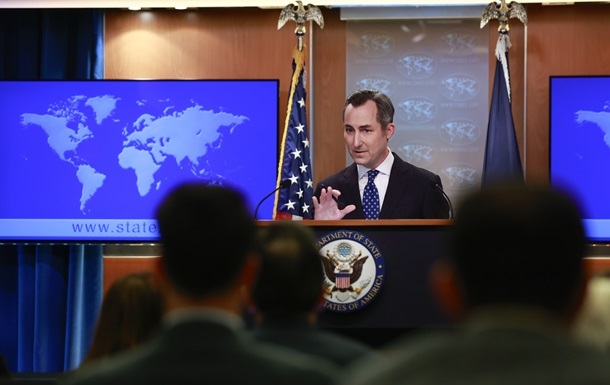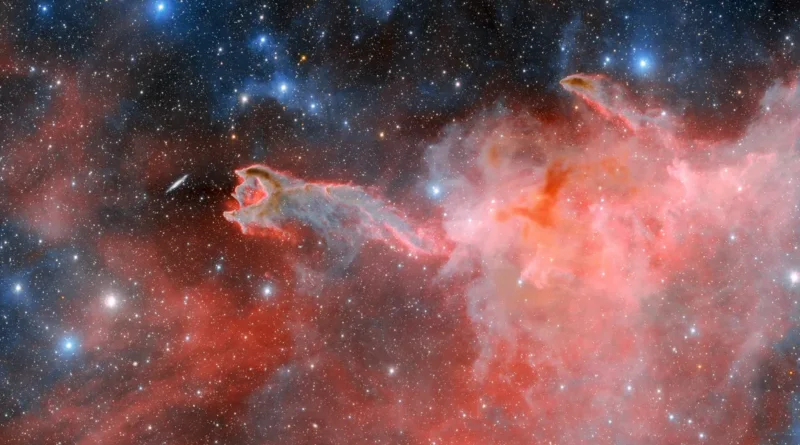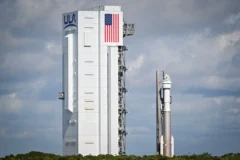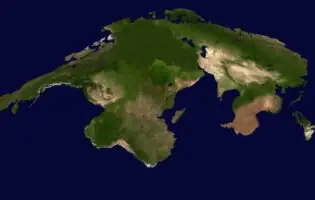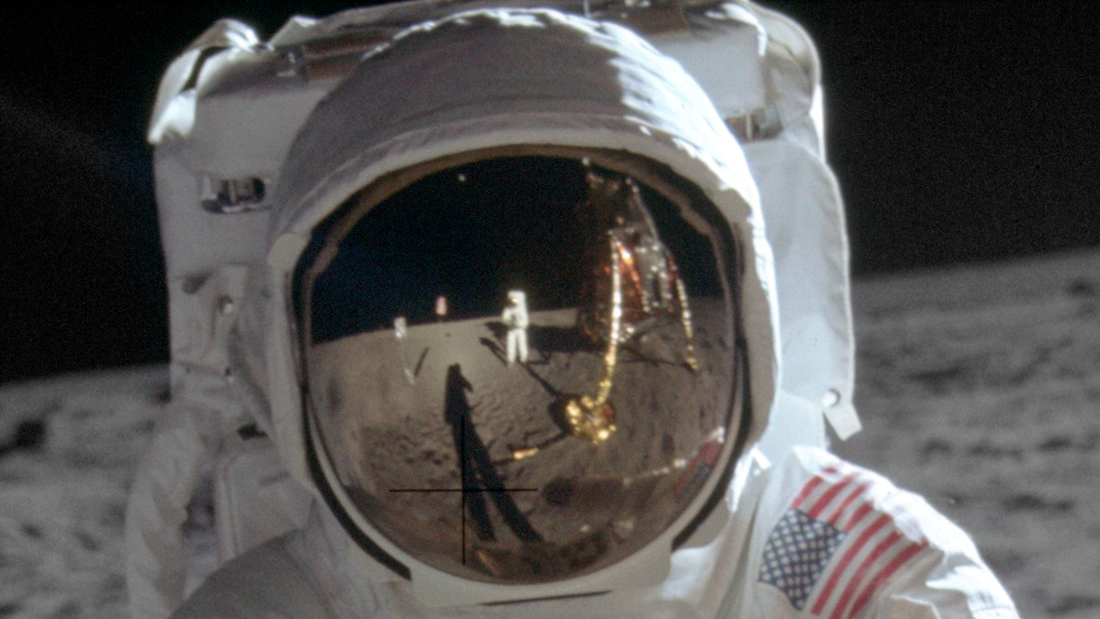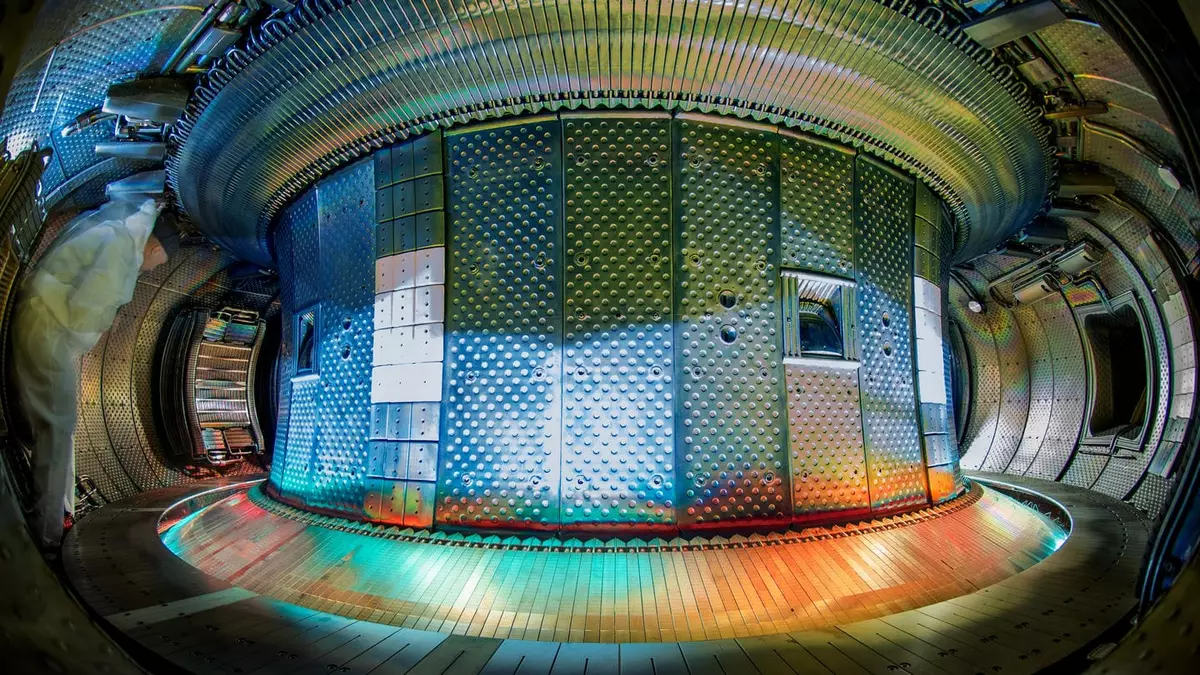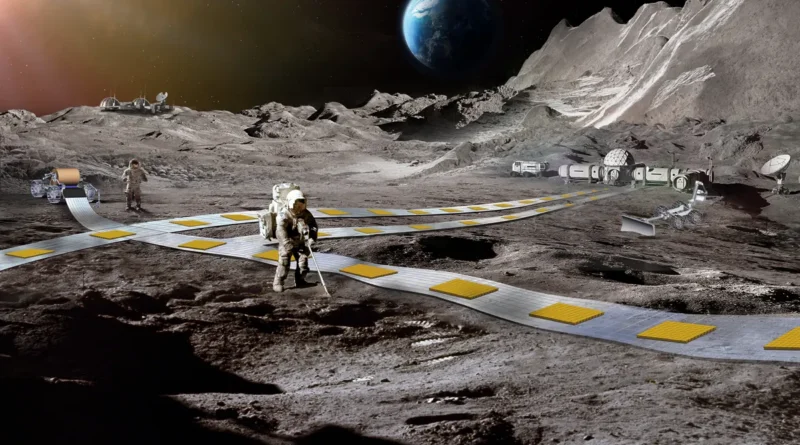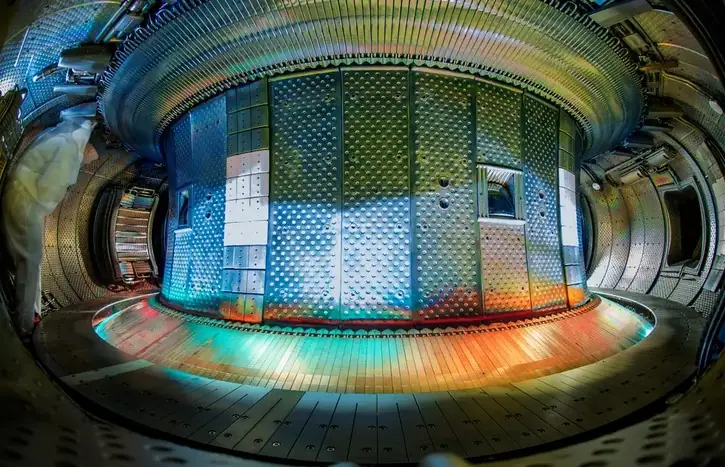
How can we ensure that data sent over the Internet is only available to the recipient? Currently, our data is protected using encryption methods that are based on the premise that factoring large numbers is a difficult task. However, as quantum computing advances, these encryption methods may become vulnerable and potentially ineffective in the future.
Encryption using physical laws
Tobias Vogl, a professor of quantum communication systems engineering, is working on an encryption process that relies on the principles of physics. "Security will be based on information that is encoded into individual particles of light and then transmitted. The laws of physics do not allow this information to be extracted or copied. When the information is intercepted, the light particles change their characteristics. Because we can measure these state changes, any attempt to intercept the transmitted data will be recognized immediately, regardless of future technological advances," says Tobias Vogl.
The big problem with the so-called quantum cryptography is the transmission of data over long distances. In classical communications, information is encoded in many light particles and transmitted through optical fibers. However, the information in one slice cannot be copied. As a result, the light signal cannot be amplified multiple times, as in current optical fibers. This limits the distance of information transmission to several hundred kilometers.
The structure of the atmosphere will be used to transmit information to other cities or continents. At altitudes of more than 10 kilometers, the atmosphere is so rarefied that light is neither scattered nor absorbed. This will allow the use of satellites to spread quantum communication over long distances.
Satellites for quantum communication
As part of the QUICK³ mission, Tobias Vogl and his team are developing an entire system, including all the components needed to create a satellite for quantum communication. In the first stage, the team tested every component of the satellite. The next step will be to test the entire system in space.
Researchers will investigate whether the technology can withstand space conditions and how individual components of the system interact. The launch of the satellite is planned for 2025. However, creating a comprehensive quantum communication network would require hundreds or possibly thousands of satellites.
Hybrid network for encryption
The concept does not necessarily require the transfer of all information using this method, which is very complex and expensive. It is possible that a hybrid network can be implemented in which data can be encrypted either physically or mathematically. Antonia Wachter-See, a professor of coding and cryptography, is working on the development of algorithms so complex that even quantum computers will not be able to solve them.
In the future, it will still be sufficient to encrypt most information using mathematical algorithms. Quantum cryptography will be available only for documents that require special protection, for example, in communication between banks.


 197
197
